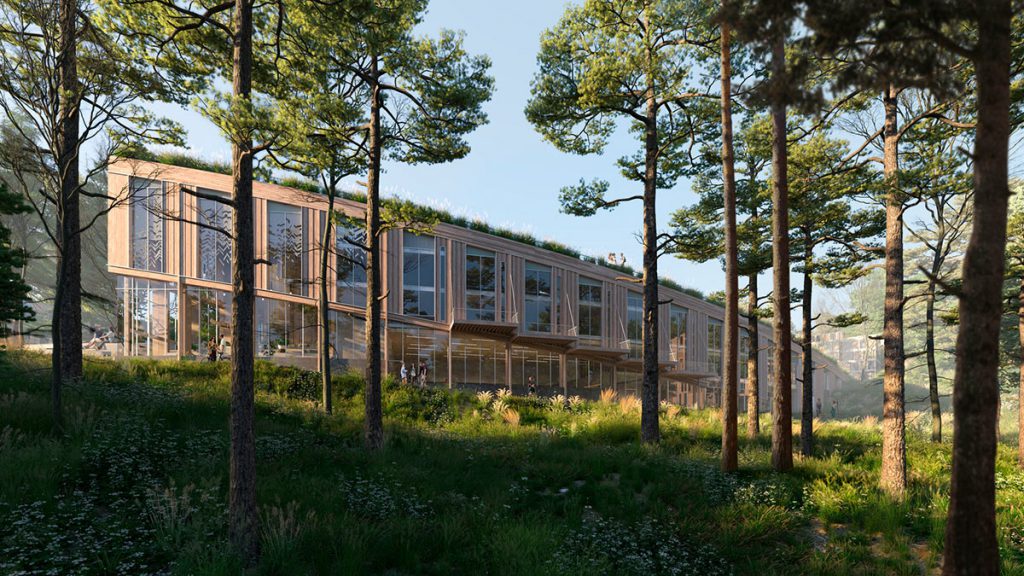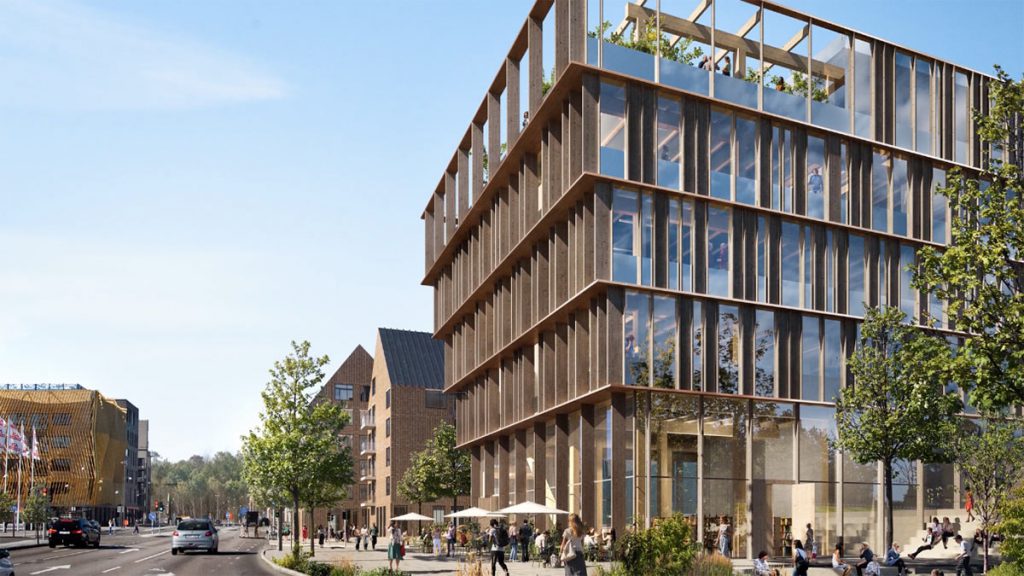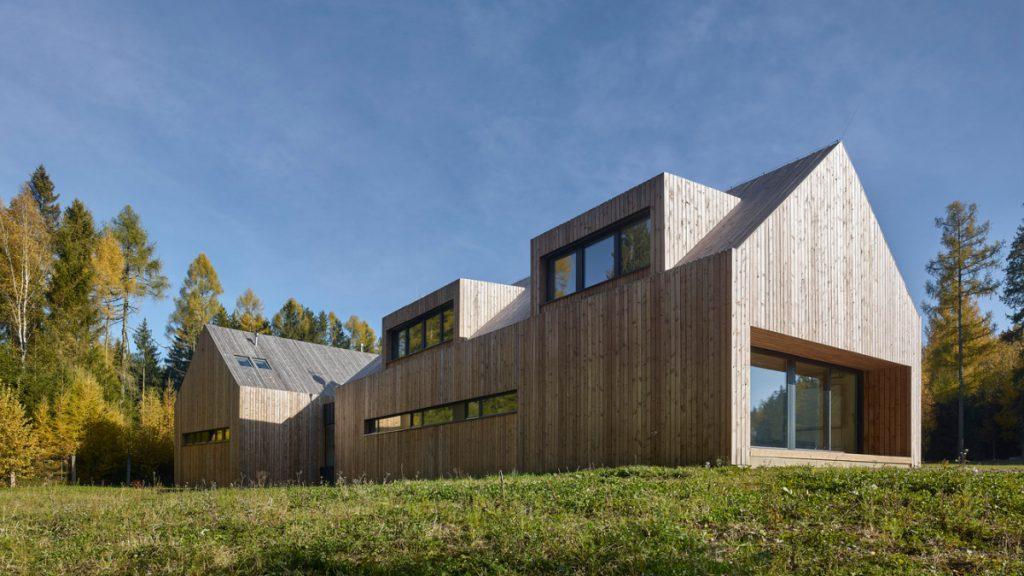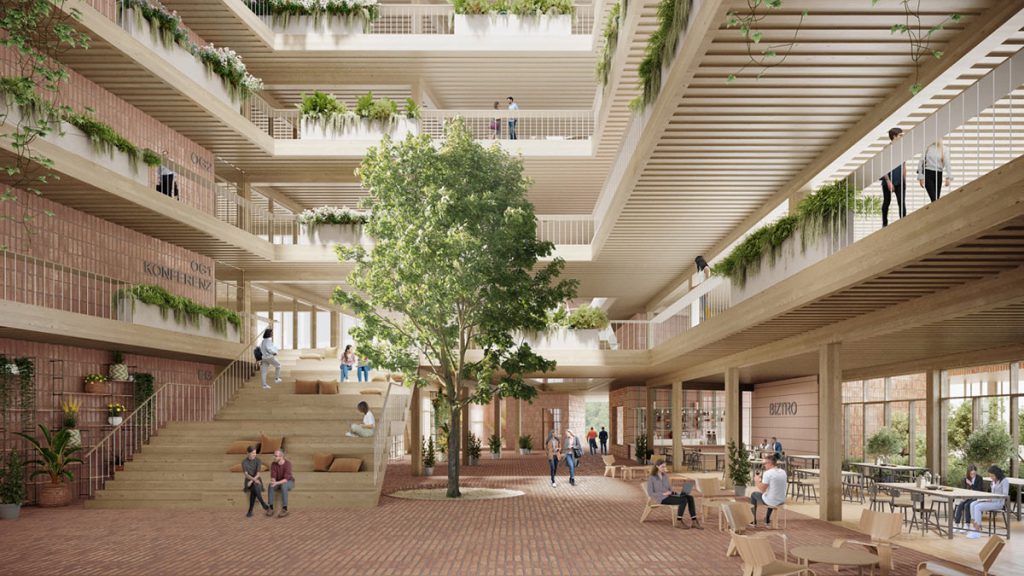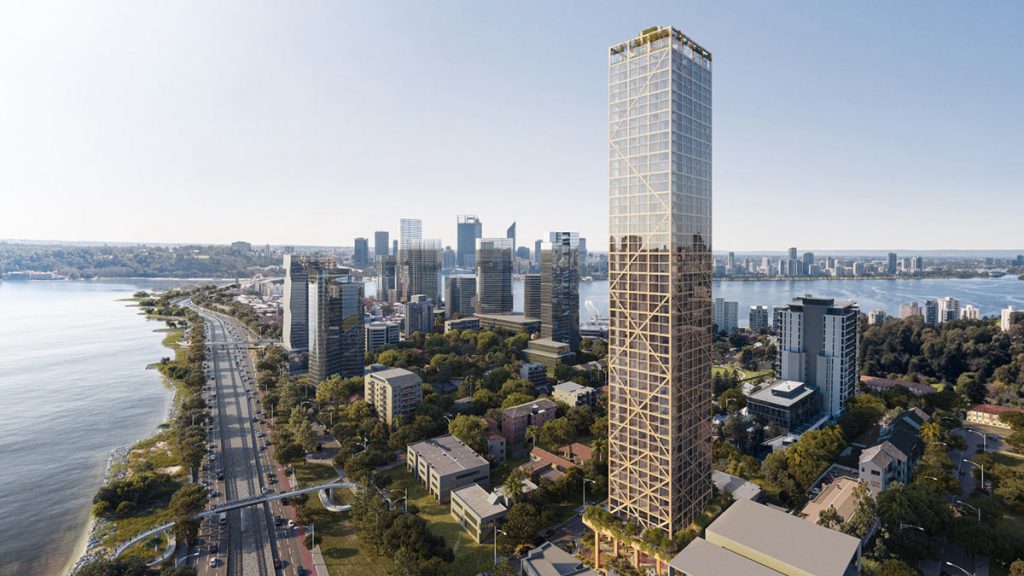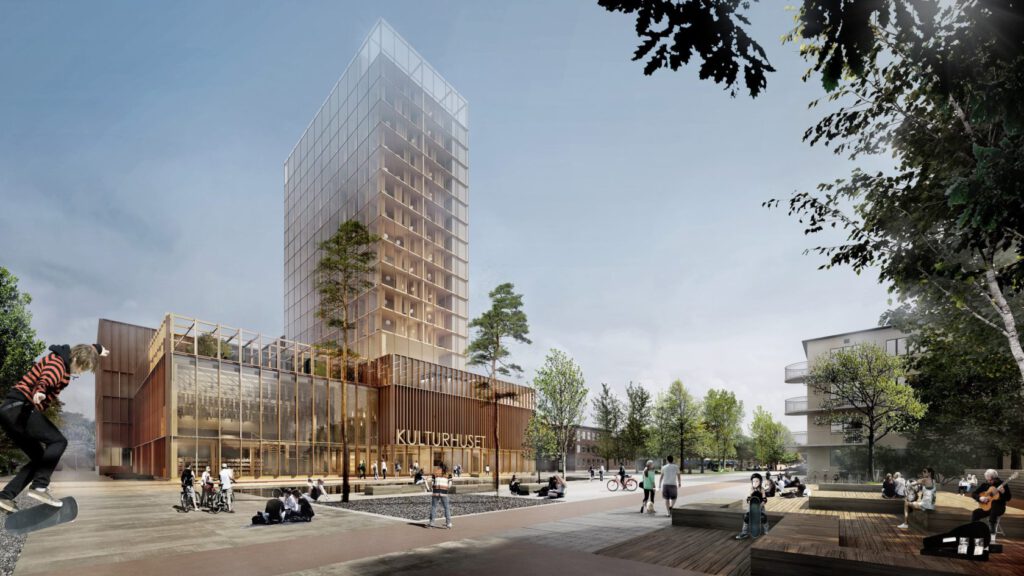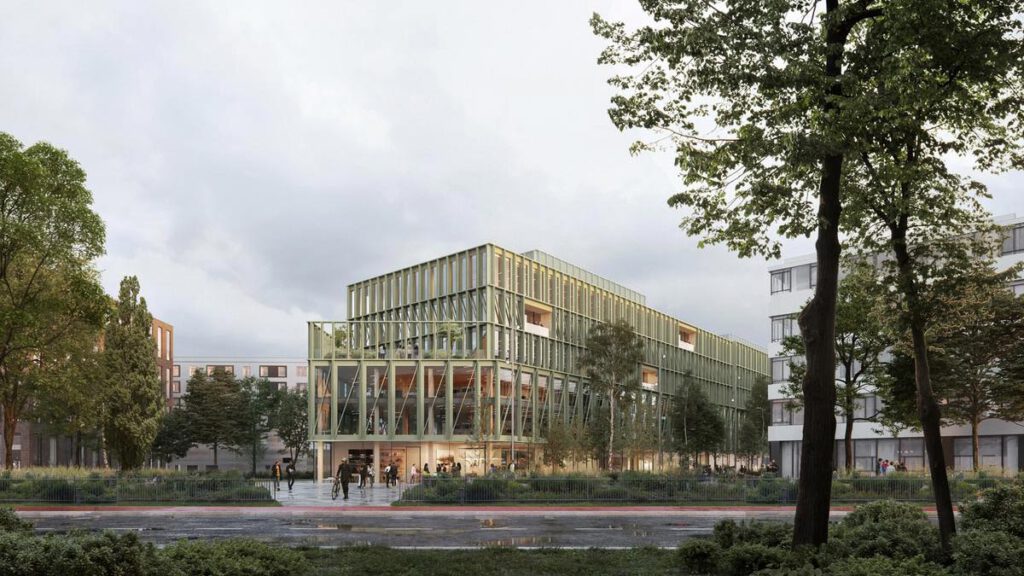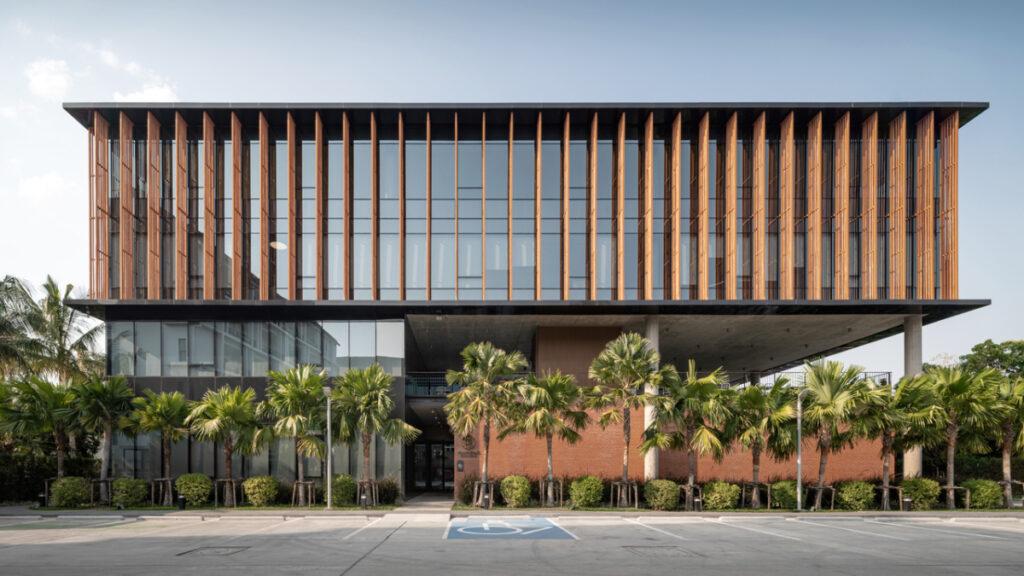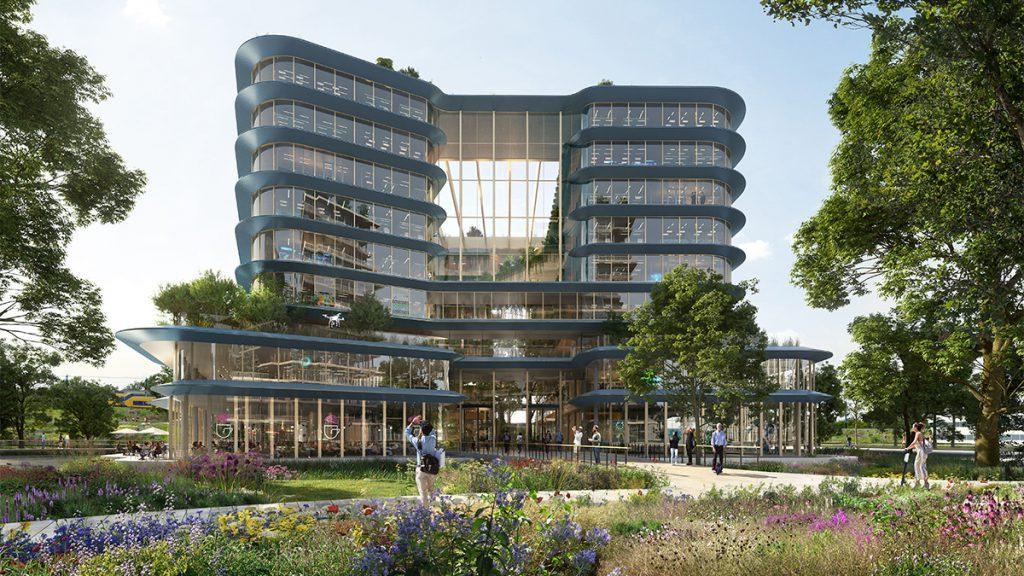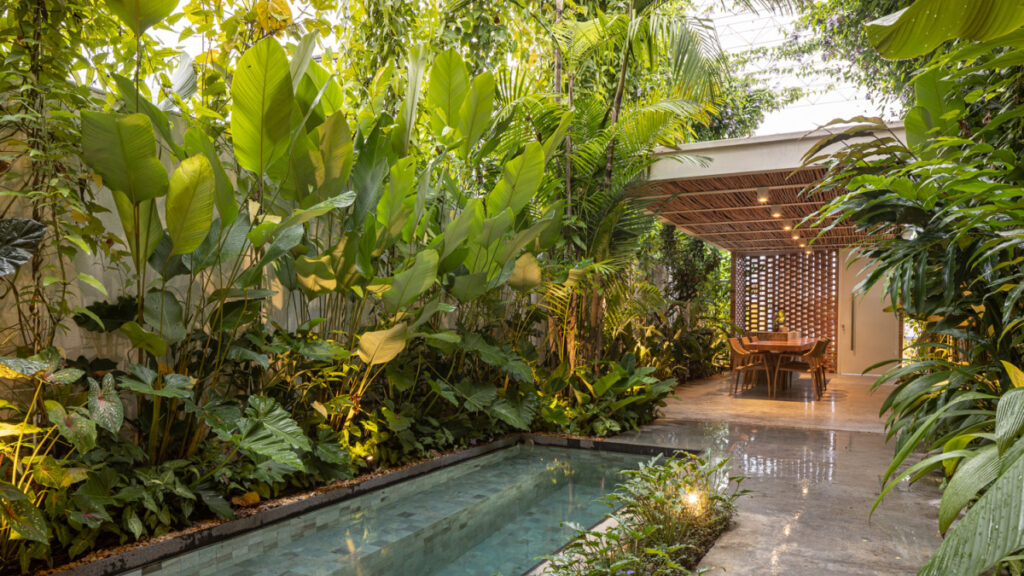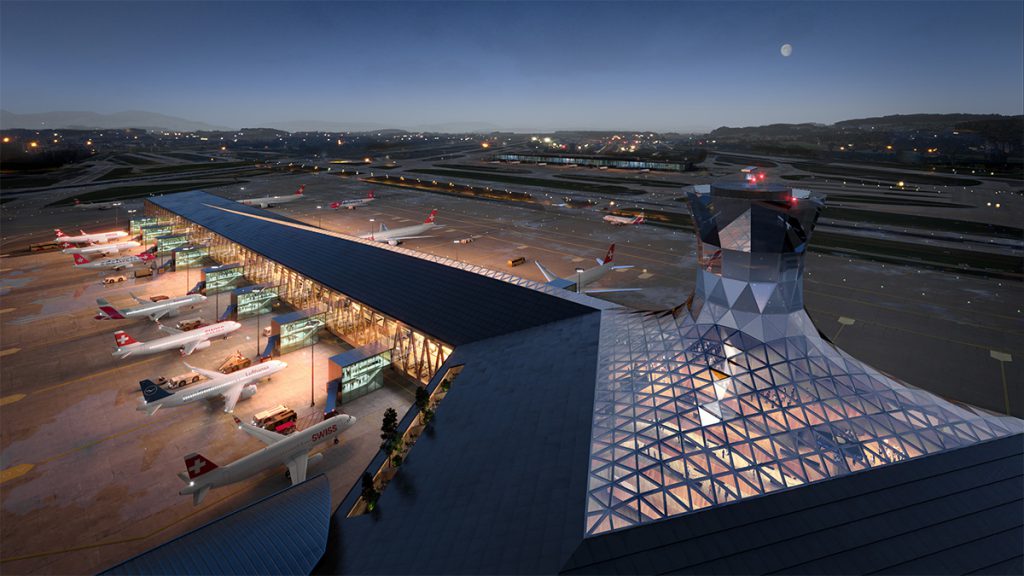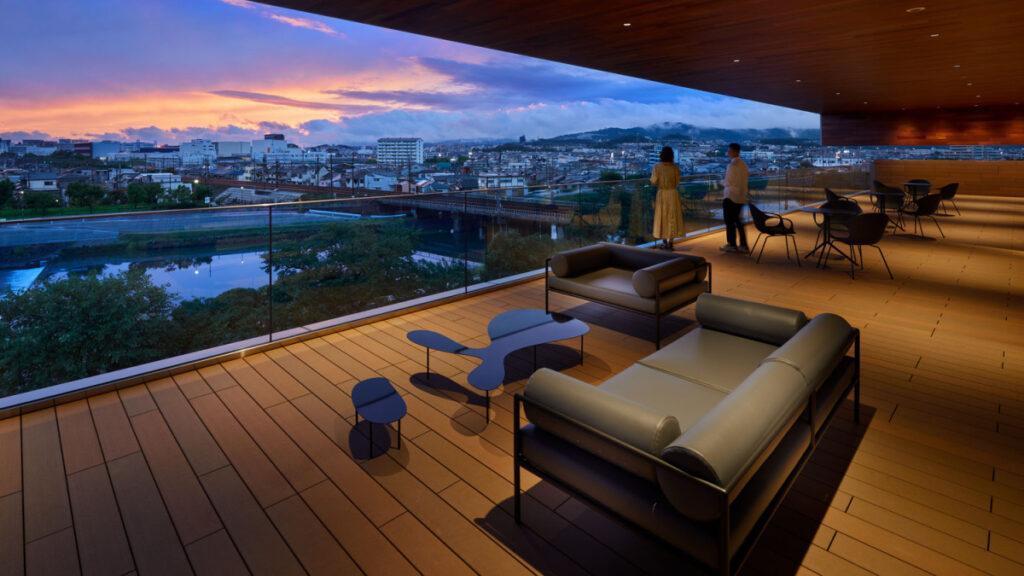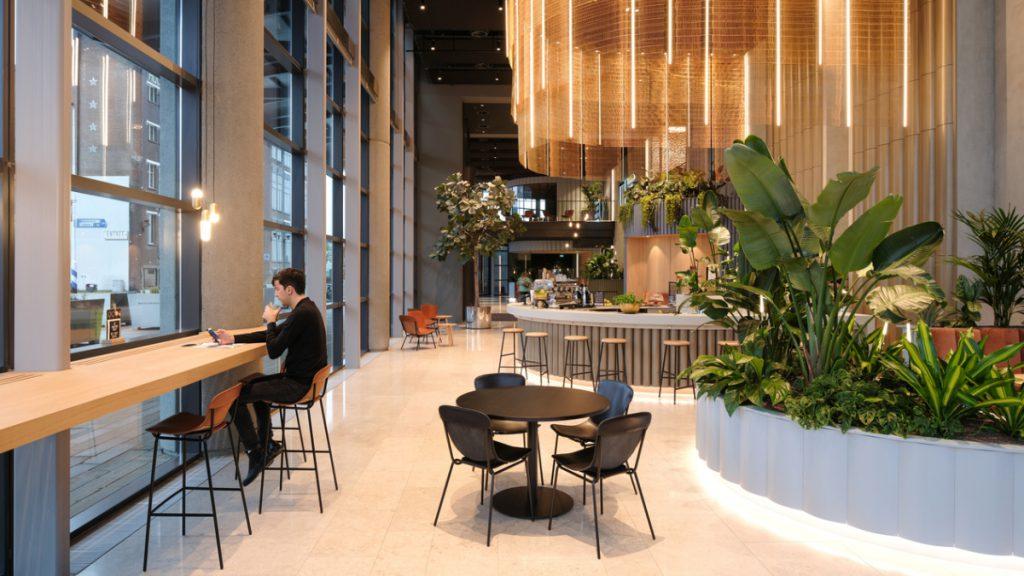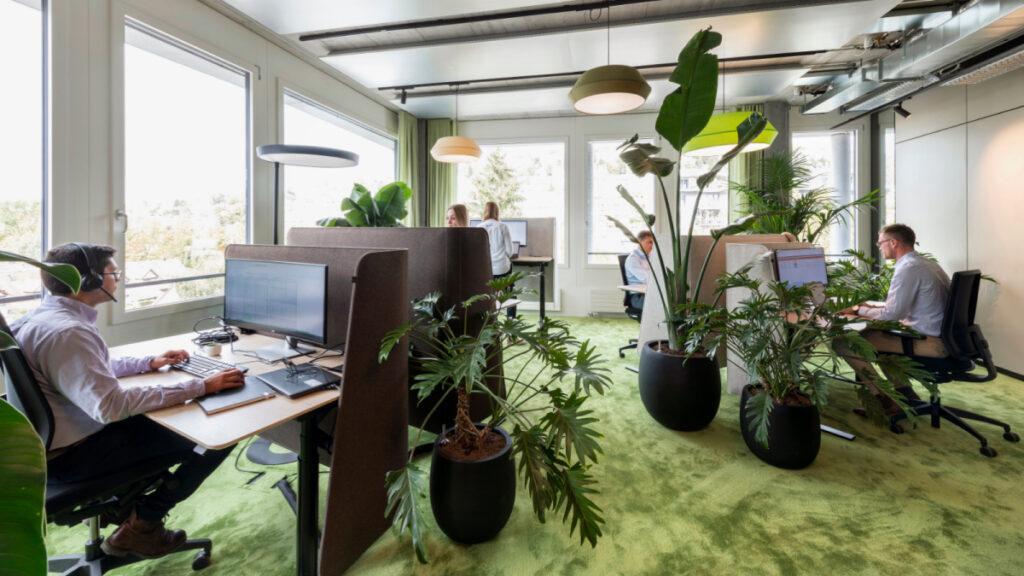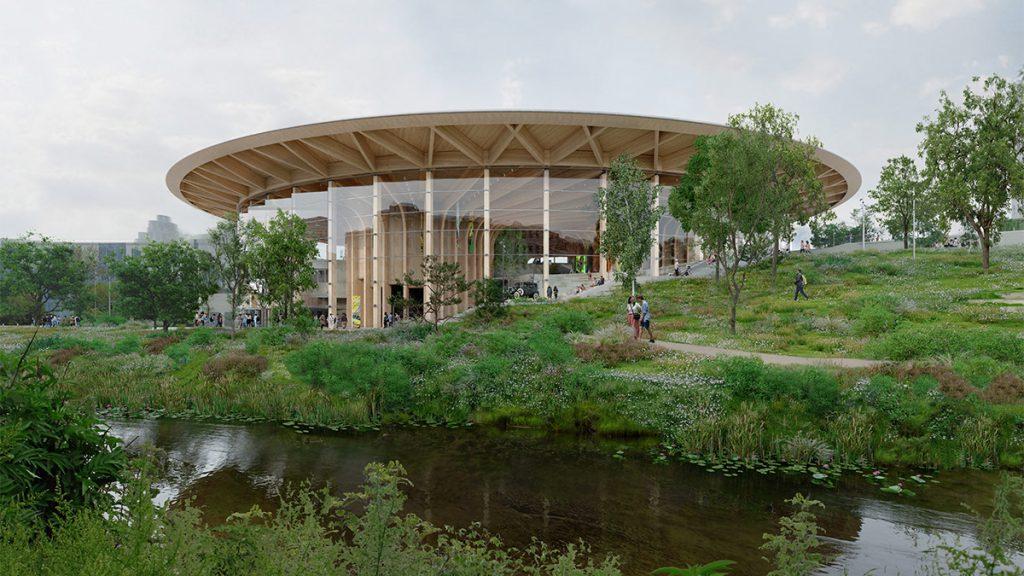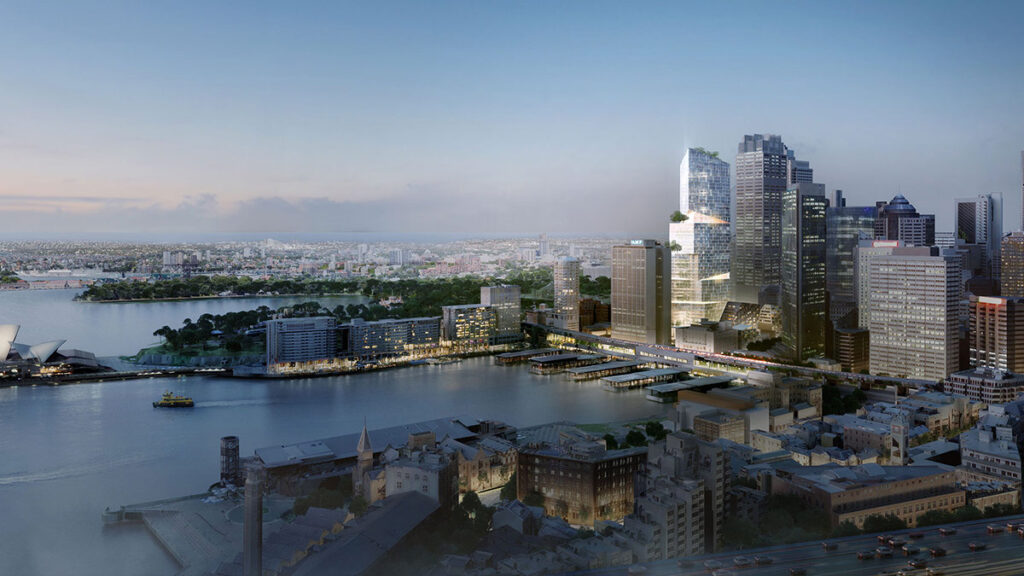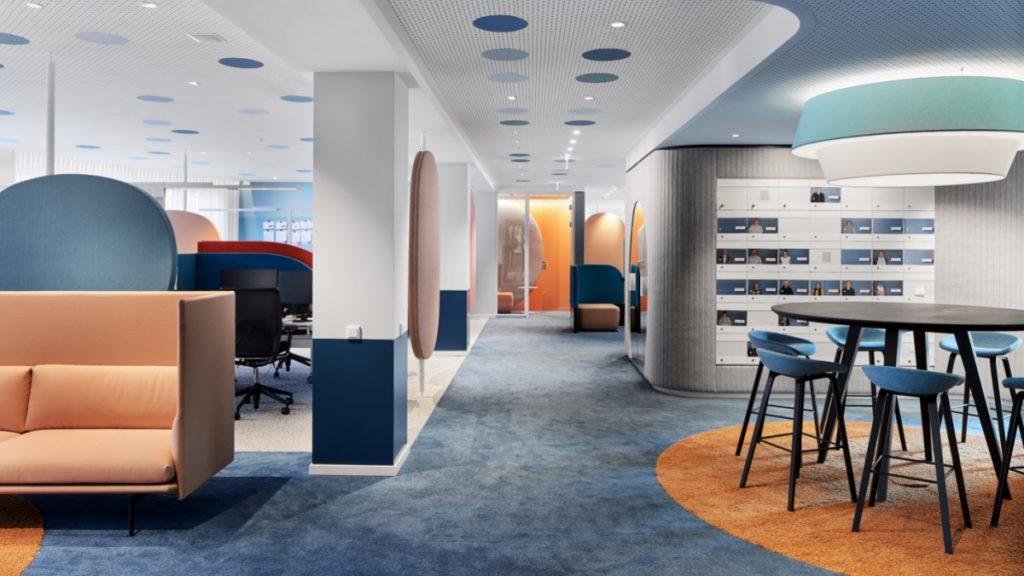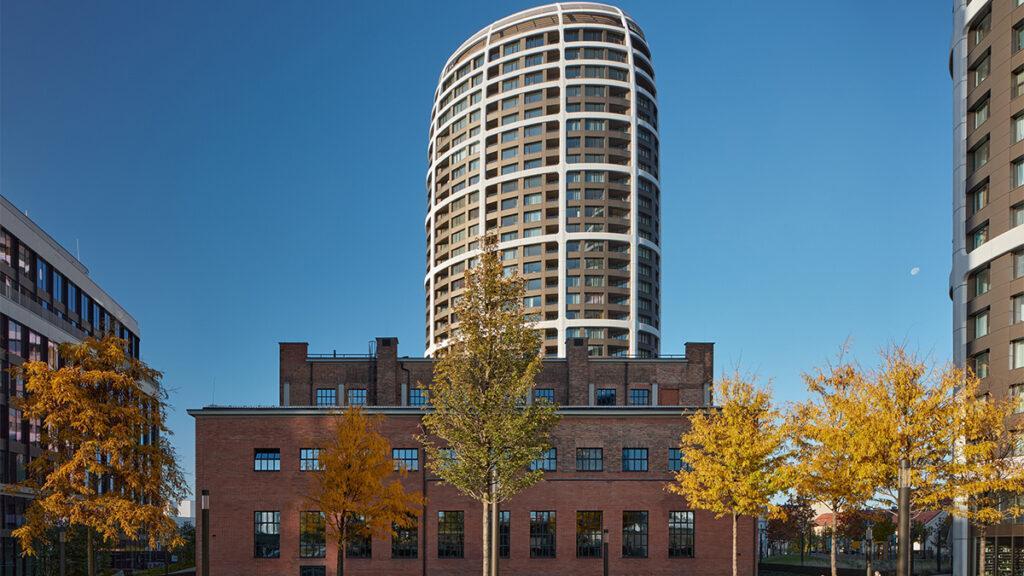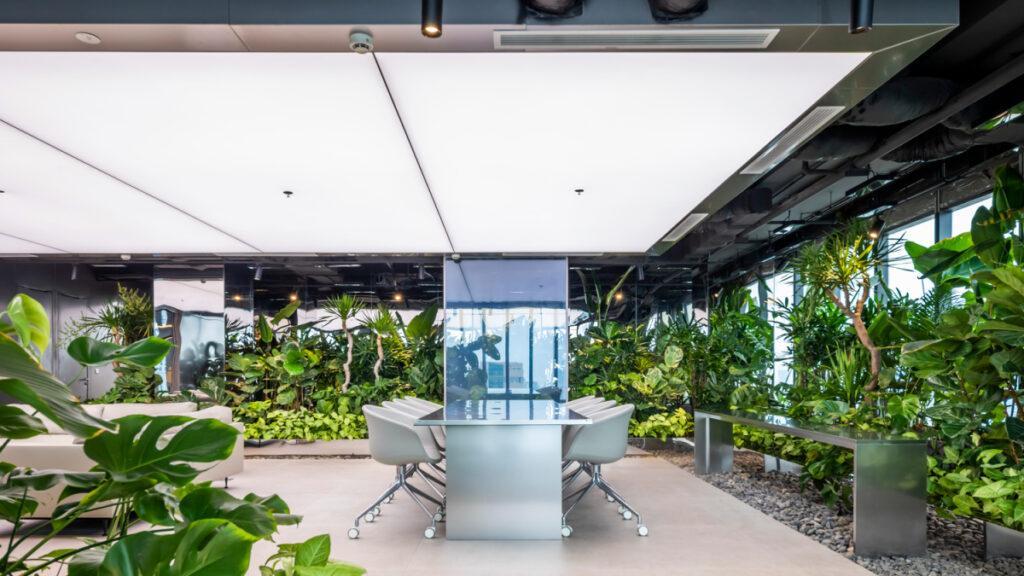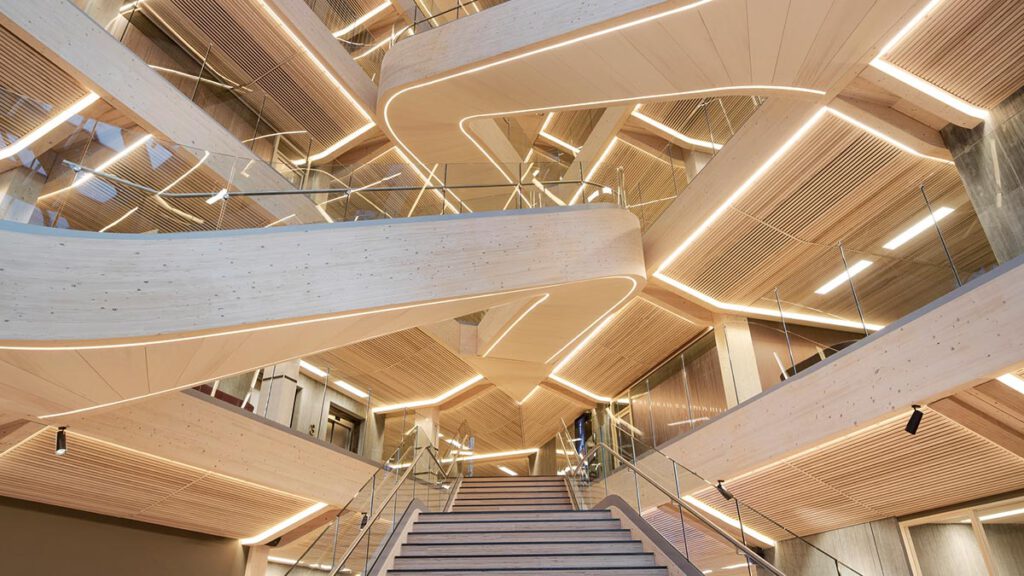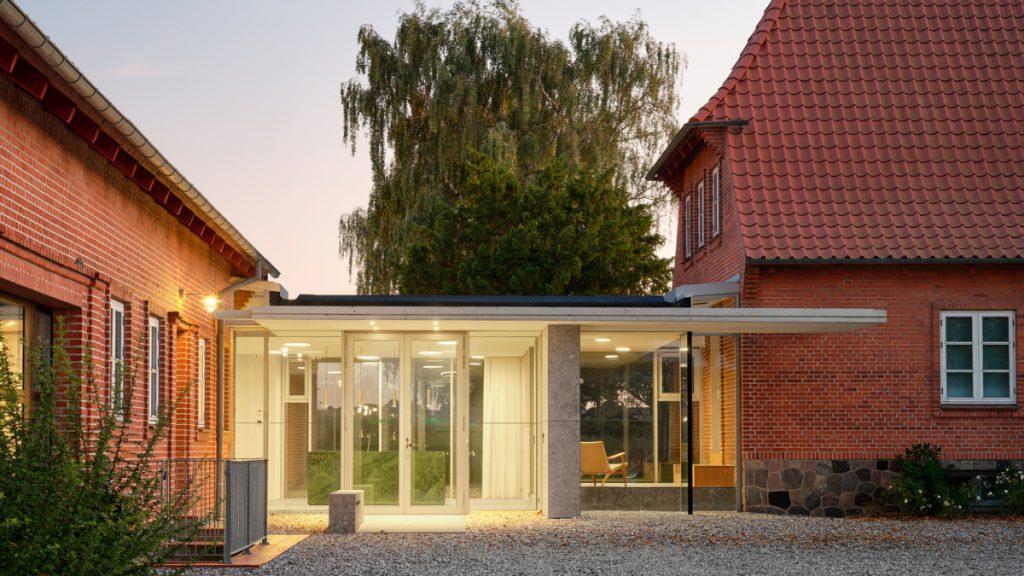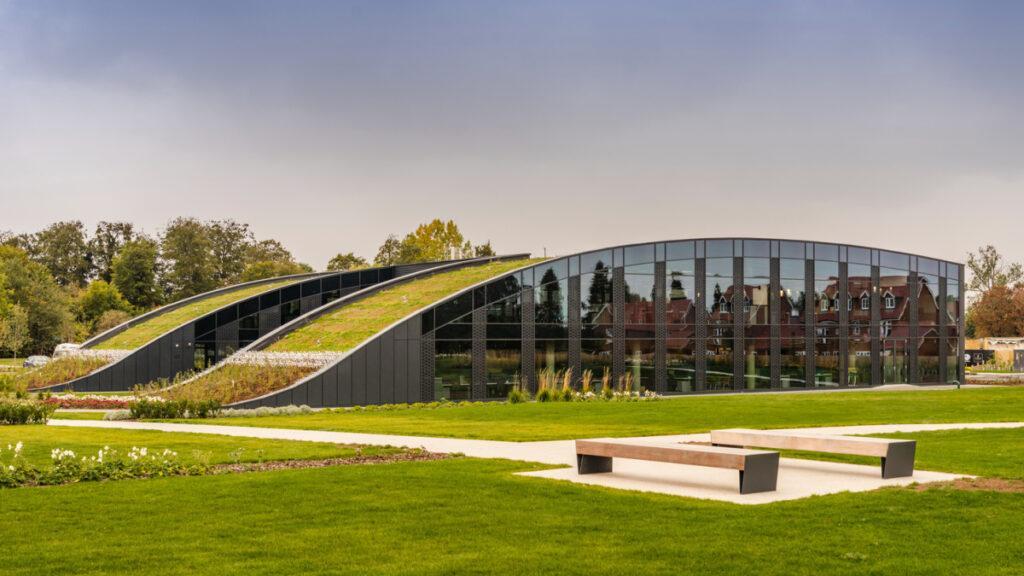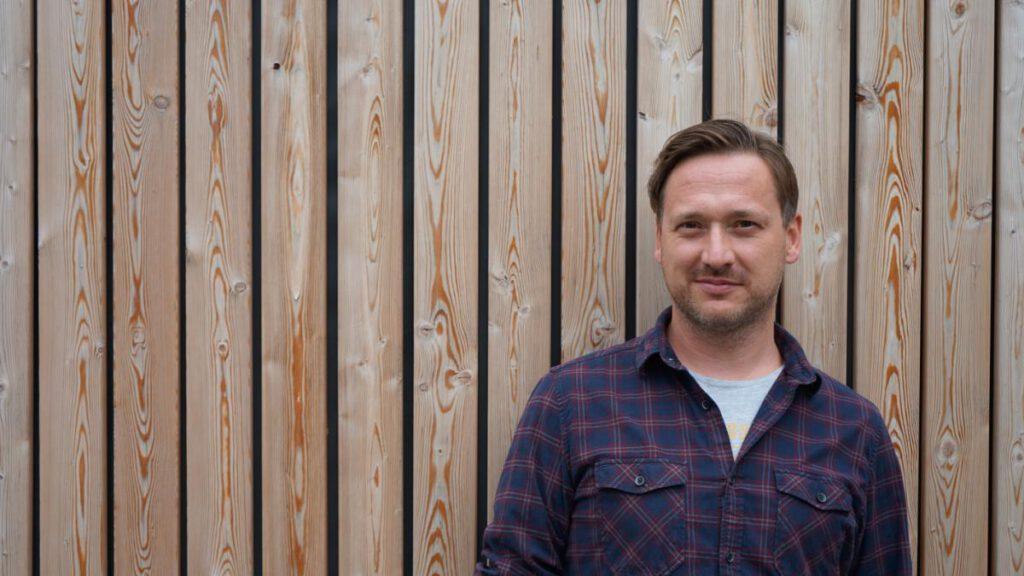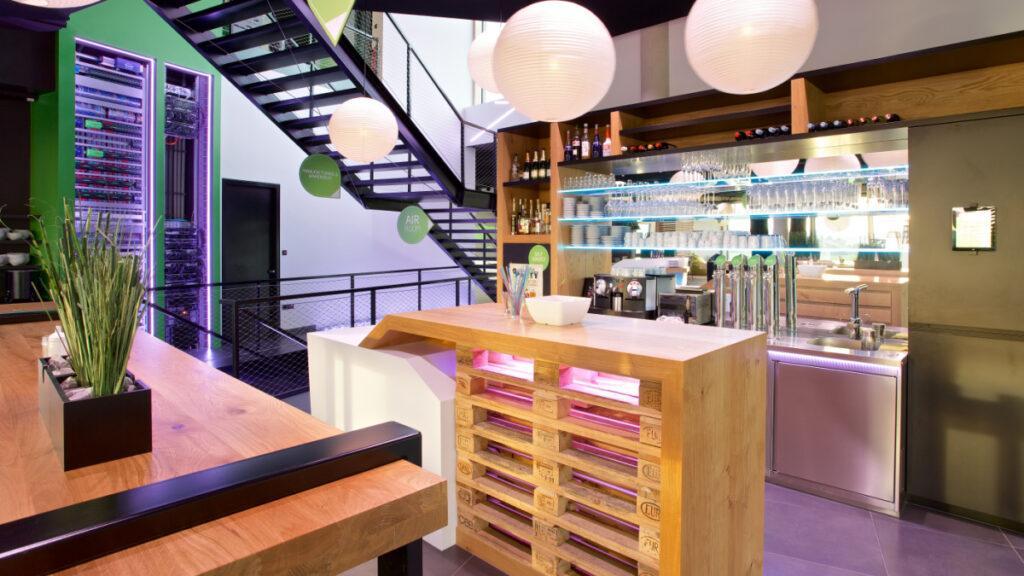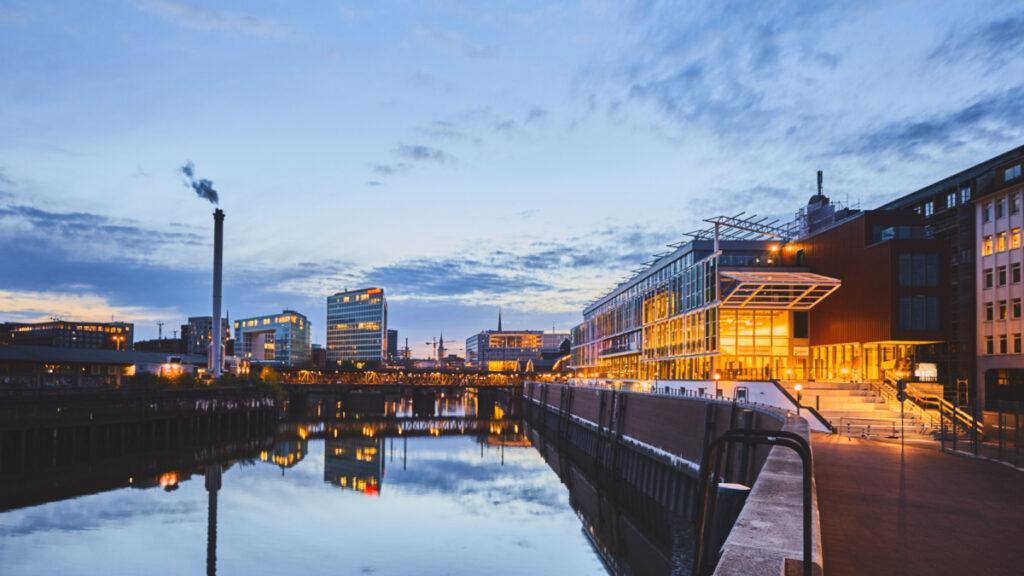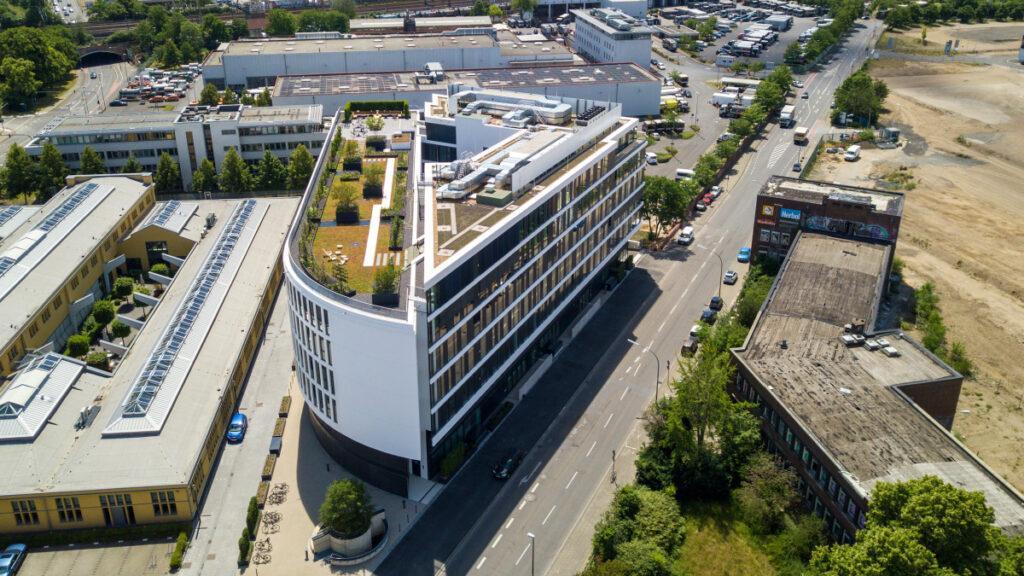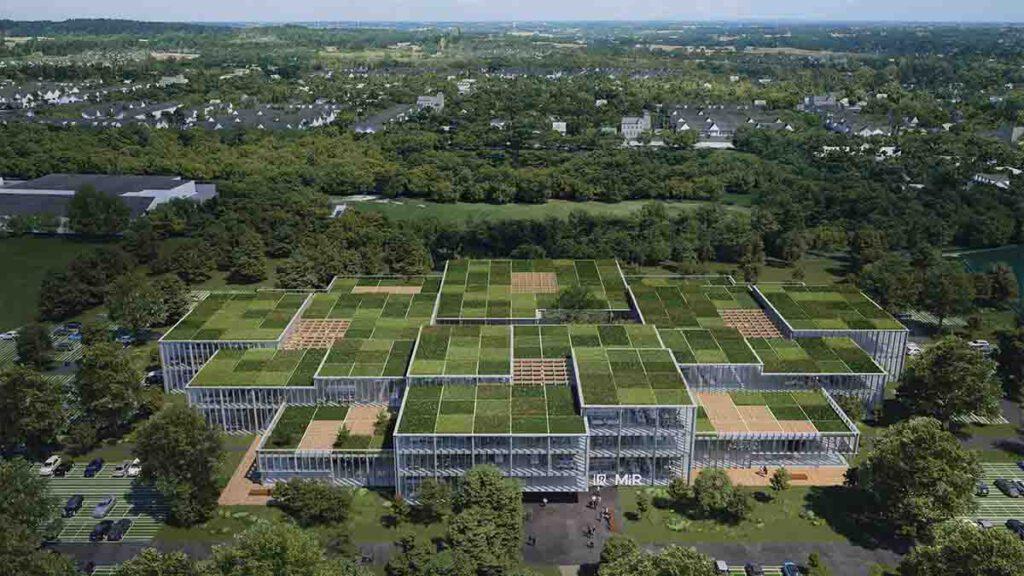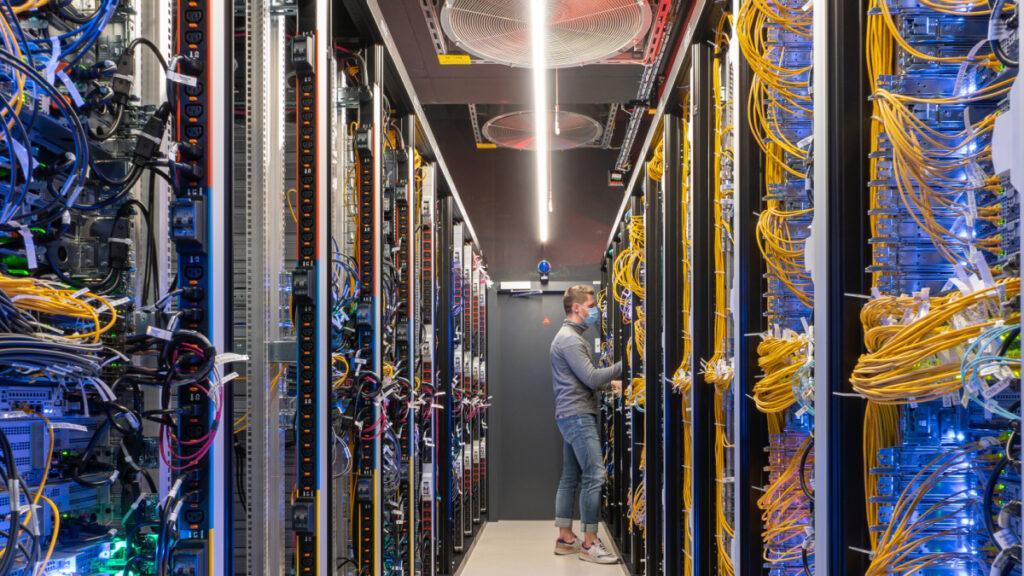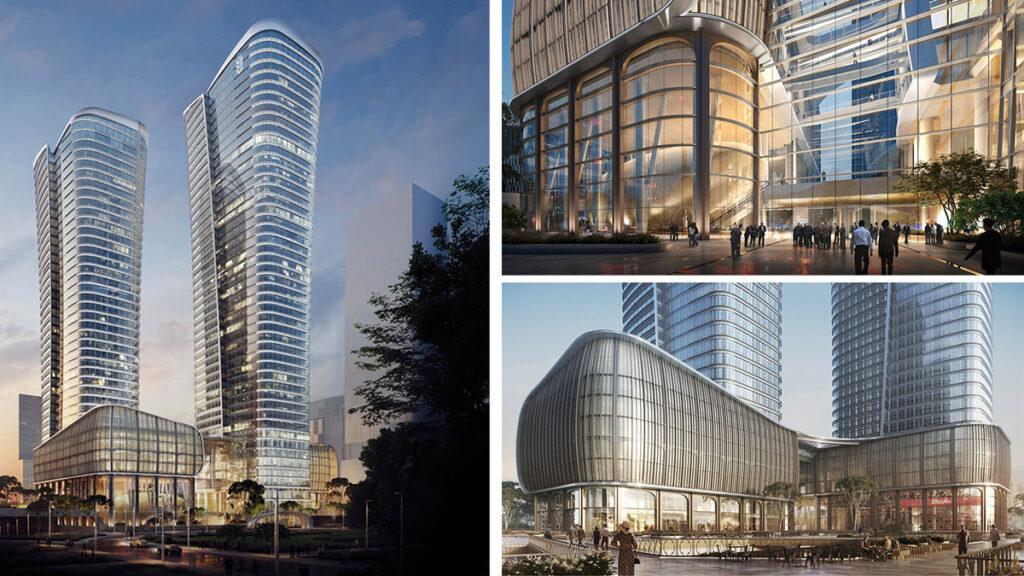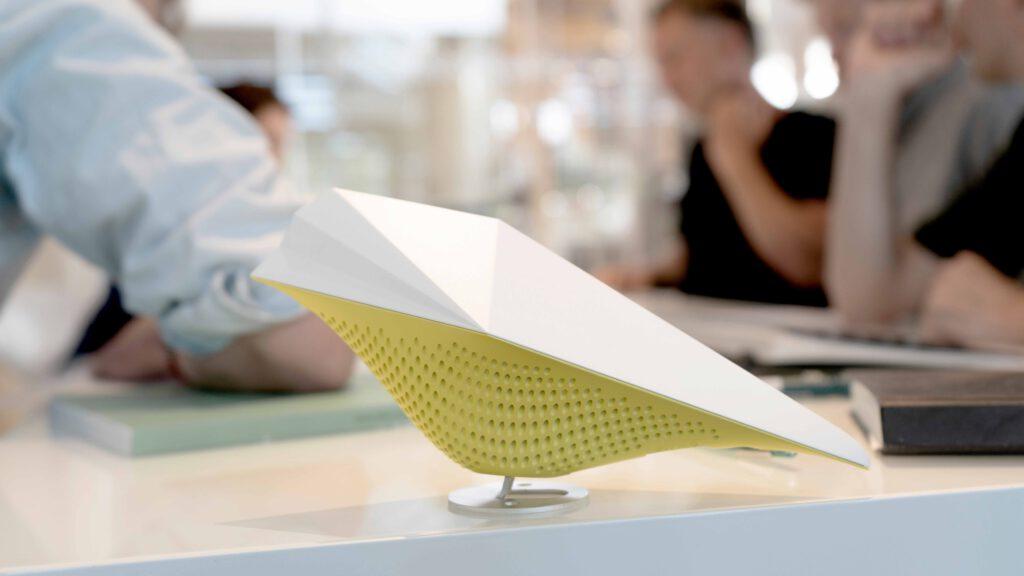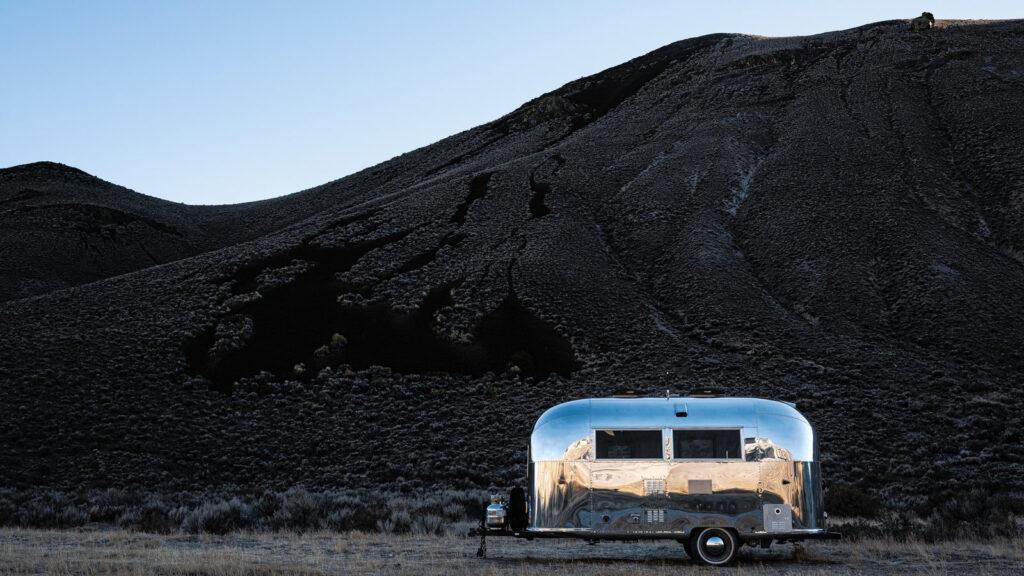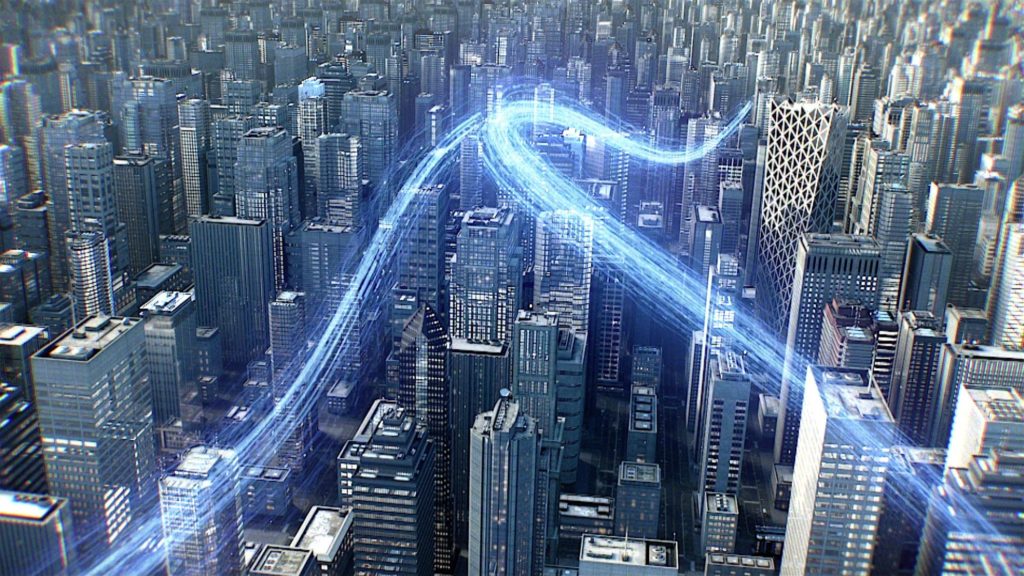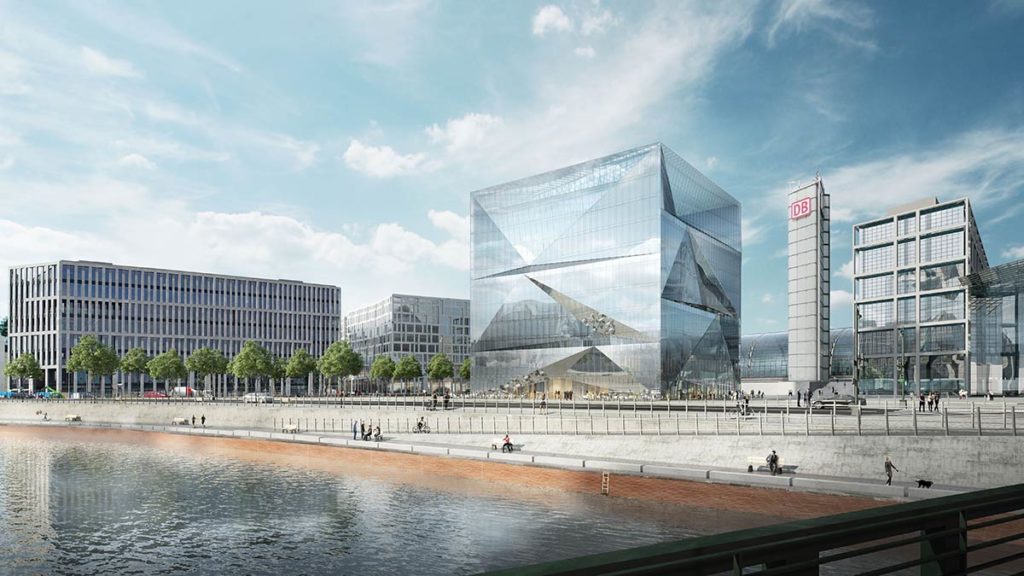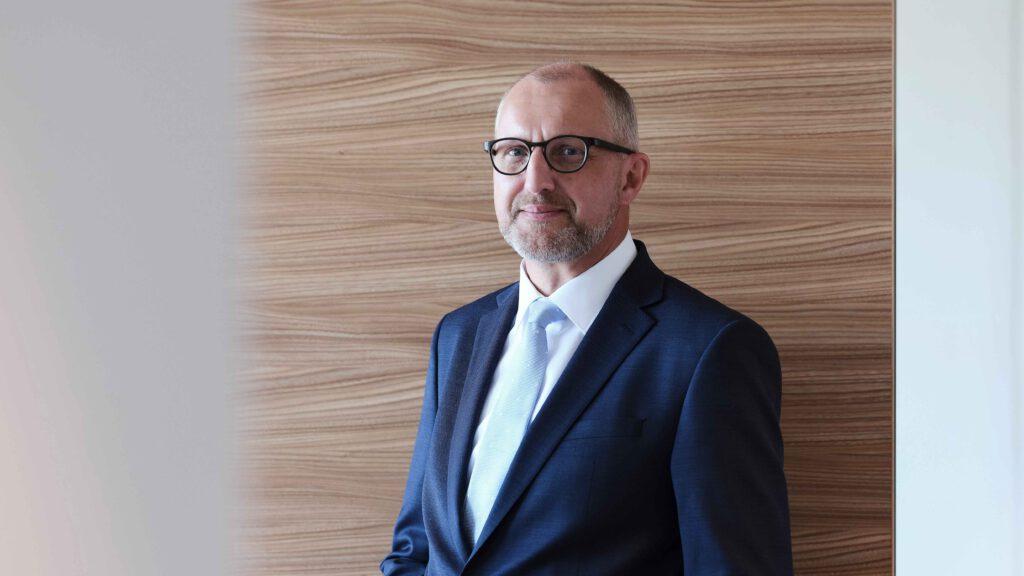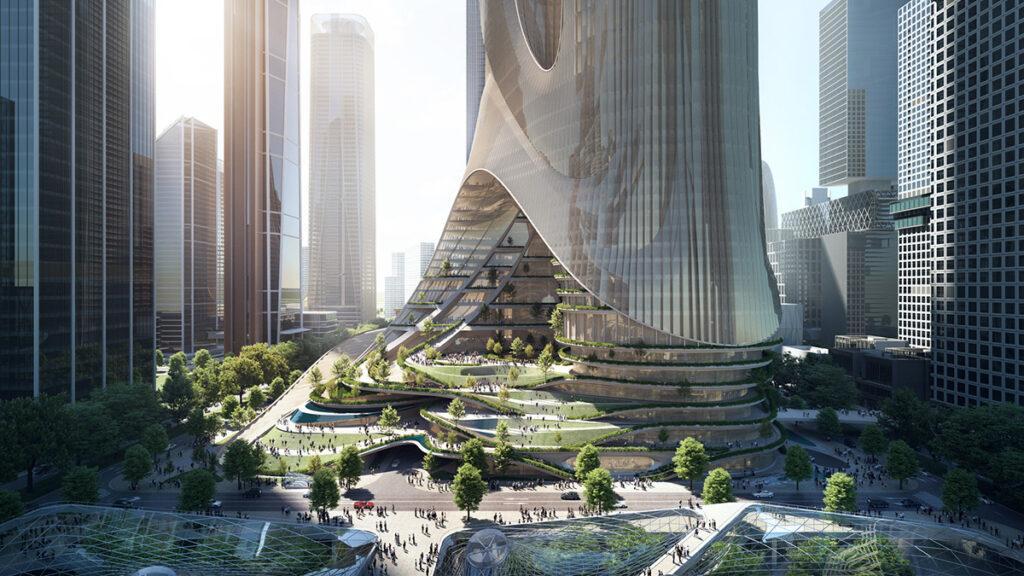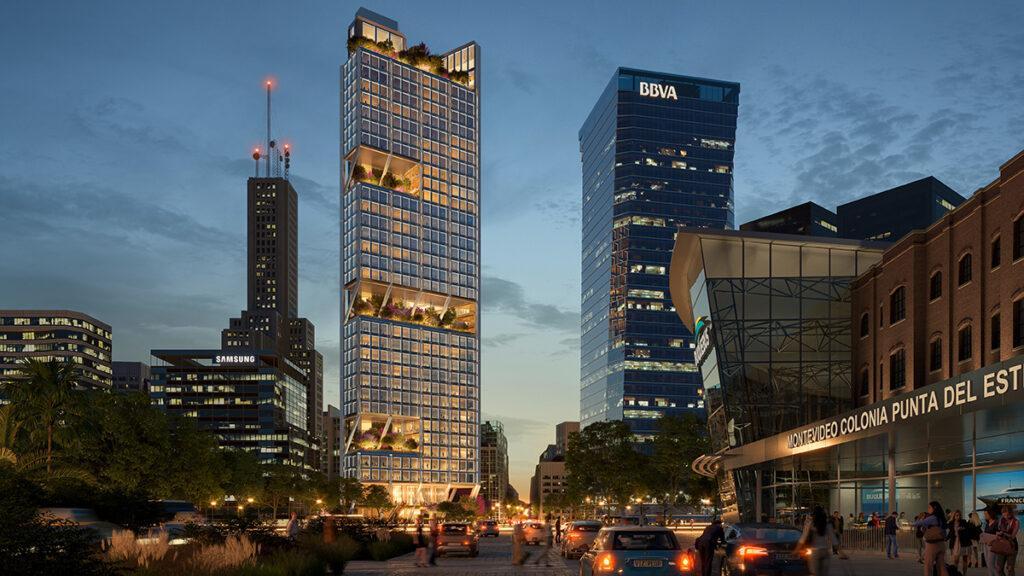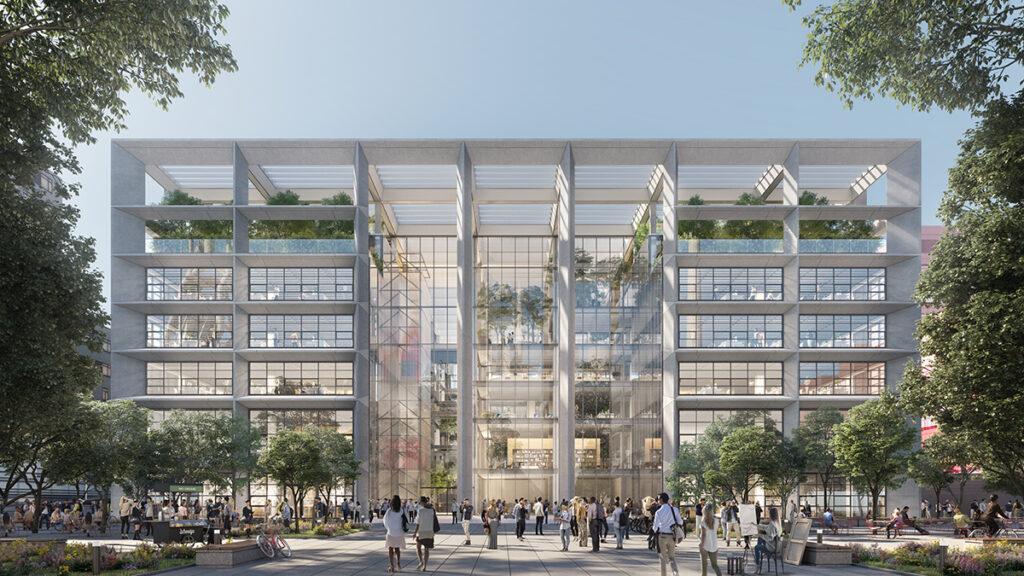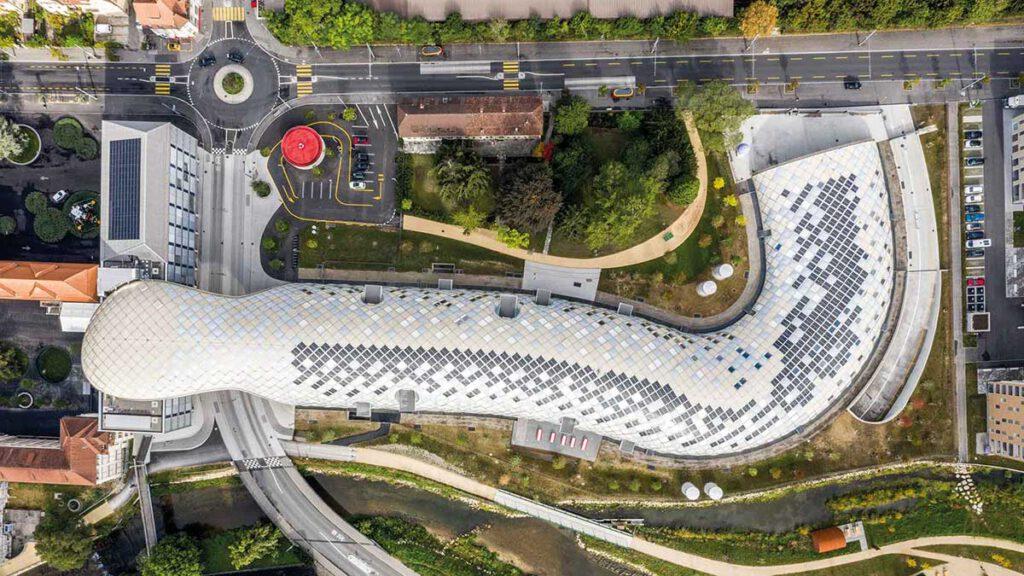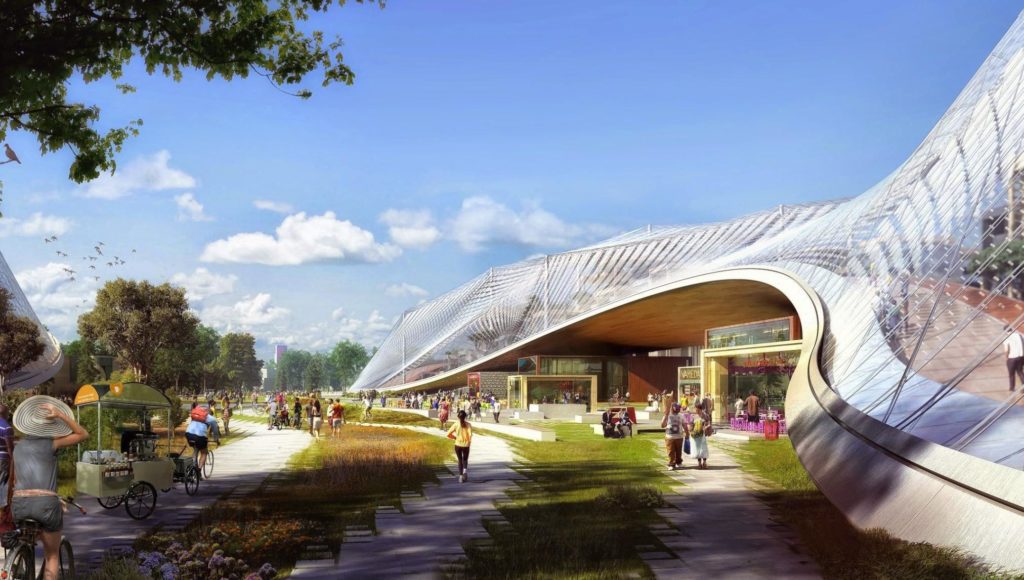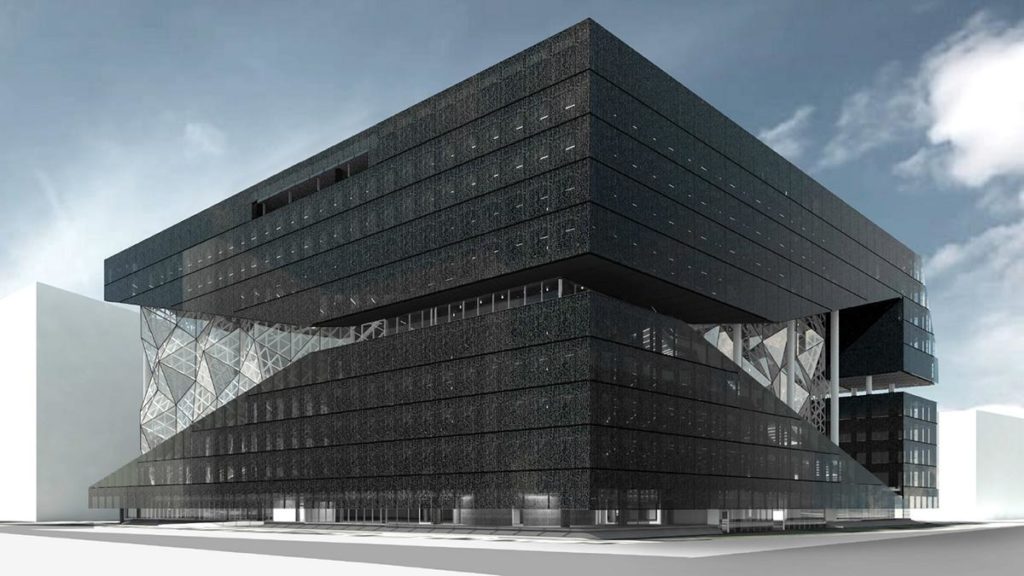
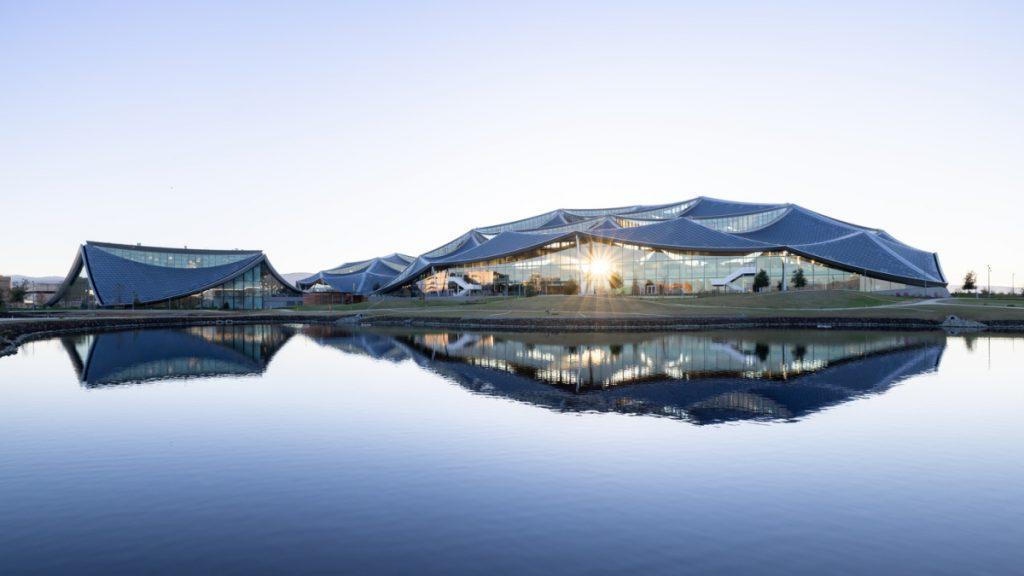
Google architecture yields top results
Technology meets architecture: in Silicon Valley, internet giant Google has constructed a building complex based on its very own vision for the first time. With its sustainable design, the Bay View Campus is geared towards the future of work.
You won’t need Google to tell you that it’s the world’s largest internet search engine. However, even though it responds to some two trillion requests a year, Google still has trouble predicting what the future holds: “We have no idea how we’re going to be working in twenty years, ten years, even five years,” says Michelle Kaufmann, Google’s Director of Research and Development for the Built Environment.
Bay View Campus – new thinking
This gave her plenty of leeway when commissioning the new Bay View Campus, the first office complex to be developed by Google in California’s Silicon Valley: “It’s an opportunity to rethink the very idea of what an office building is. From its shape, the building doesn’t correspond to any traditional notions of a workplace. And so when you come in, you have no preconceptions of how to work that comes from historic ways of working. Instead, it’s like a canvas of creating new ways of being together.”
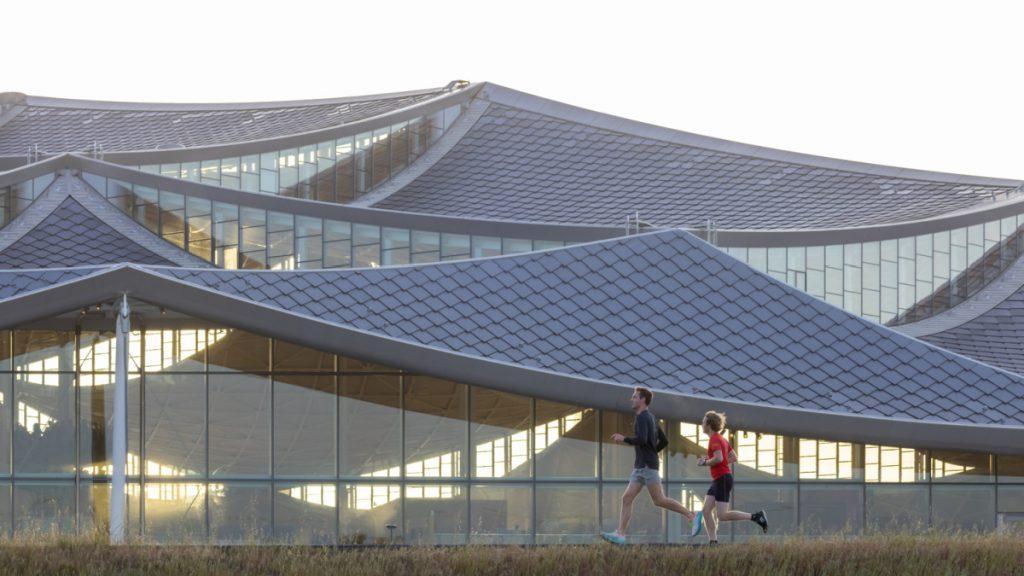
The large complex (102,000 m²) in Mountain View was designed by the Danish Bjarke Ingels Group (BIG) and the British Heatherwick Studios with ongoing input from Google’s own design and engineering teams. The Bay View Campus is located on a 42-hectare site in the south part of the San Francisco Bay Area. Apart from the new building itself, the area contains 17.3 hectares of prime natural landscape, including marshes, forests and swamps.
Happy, productive, creative
The immediate neighbourhood is home not only to NASA’s research facilities but also to the Moffett Federal Airfield – known as Moffett Field – a civil airport that Google rented from NASA for 60 years in 2014. Its corporate headquarters, Googleplex, is theoretically within walking distance (and definitely within eyeshot) on the other side of Stevens Creek.
We found that our people are happy, productive and creative when they come together in teams, but also that they need spaces that are buffered from sound and movement to get deep-focus work done.
David Radcliffe, Google, Vice President Real Estate & Workplace Services
Prior to the ground-breaking ceremony in 2017, Google’s employees were sounded out about their views on designing an “adaptable and healthy workspace”. As David Radcliffe, Google’s Vice President Real Estate & Workplace Services, explains: “We found that our people are happy, productive and creative when they come together in teams, but also that they need spaces that are buffered from sound and movement to get deep-focus work done.”
Closeness and distance
In order to separate areas for highly focused work from those geared towards communicative teamwork, a simple solution was found. While different meeting rooms were set up on the ground floor, the upper floor was divided into smaller “neighbourhoods” – team areas separated by patios and connected via ramps.
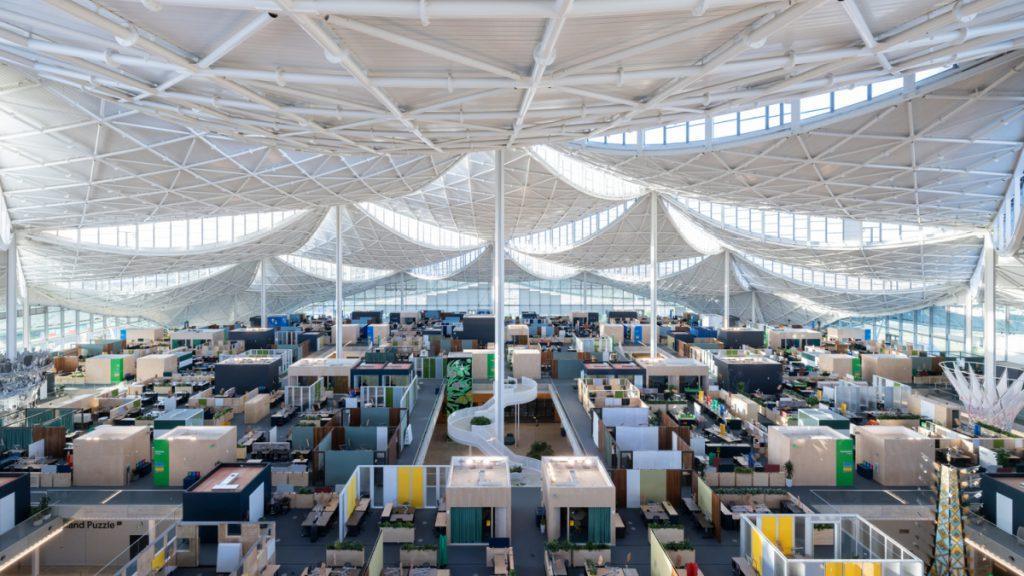
David Radcliffe: “This variation in the floor plate gives teams a designated area that changes with their needs, while keeping them close to their larger work community. The result is a building where you can feel connected to people – whether they’re in your larger organization of 2,000 people, your team of 50 people or your immediate working group of 10 people.”
Bay View Campus – improving hybrid work
The Bay View Campus is the first of 20 large real estate projects in the USA for which Google has budgeted a total of 10 billion dollars. In the planning stage, it was already important to be able to adapt the office landscape flexibly to ever-changing work practices. “With a distributed workforce, an office needs to create harmony between those who are in the office and those who are elsewhere,” says David Radcliffe. “I truly believe these buildings will keep up as we introduce new spaces to improve hybrid work.”
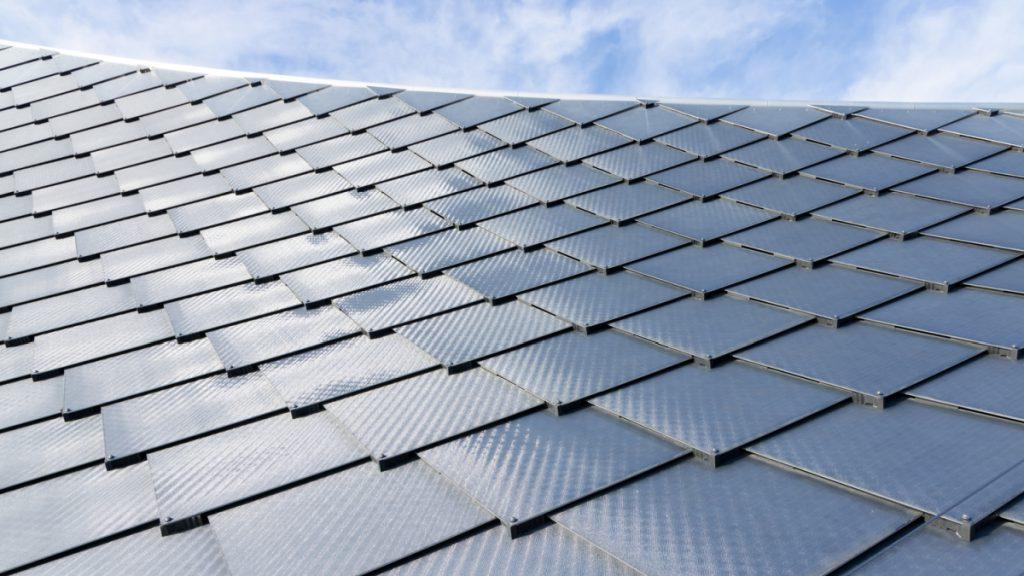
BIG – the group of architects, designers, landscape designers, product designers, researchers and inventors founded by Bjarke Ingels (47) in 2005 – now has offices in Copenhagen, New York, London, Barcelona and Shenzhen. The Group describes its architecture as “emerging out of a careful analysis of how contemporary life constantly evolves and changes”.
Data-driven decisions
Among the Bjarke Ingels Group’s most spectacular work are the Amagar Bakke waste incinerator in Copenhagen (complete with ski slope on the roof), the LEGO House and VIA 57 West in New York: “Like a form of programmatic alchemy, we create architecture by mixing conventional ingredients such as living, leisure, working, parking and shopping. By hitting the fertile overlap between pragmatic and utopia, we architects once again find the freedom to change the surface of our planet, to better fit contemporary life forms.”
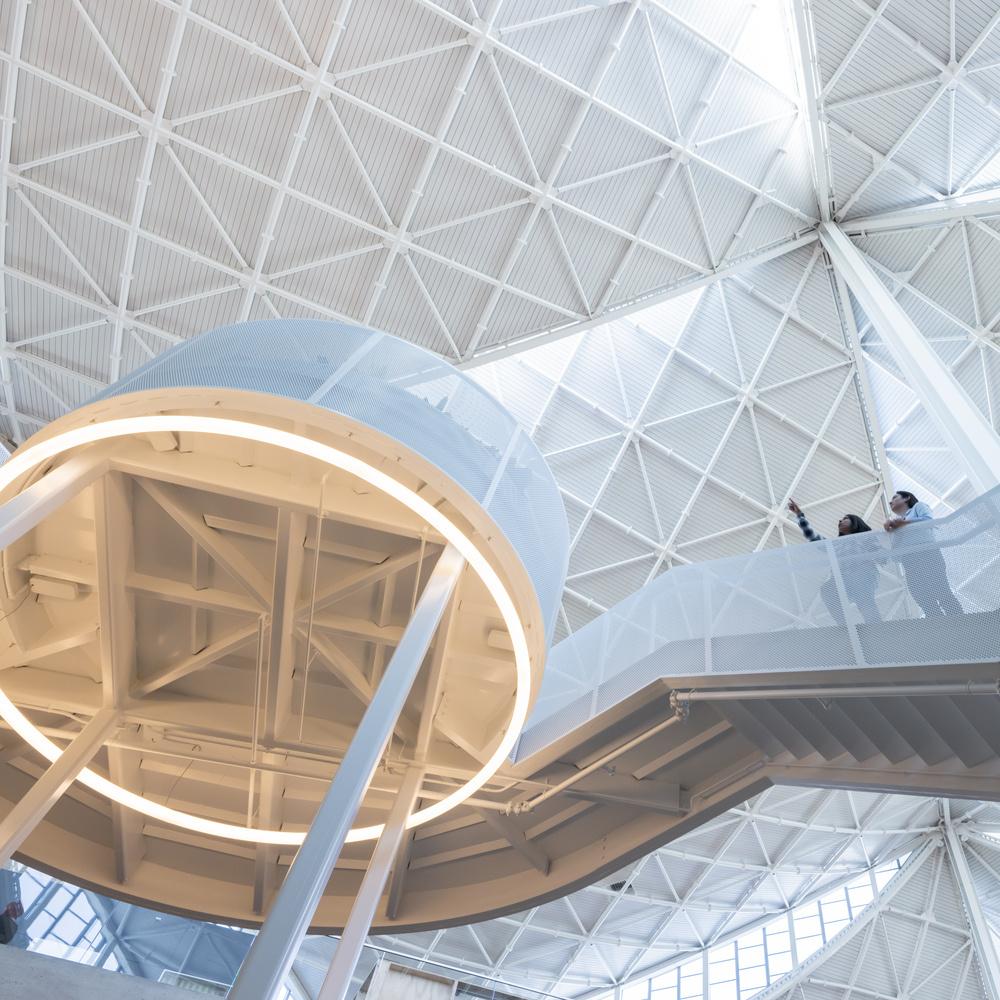
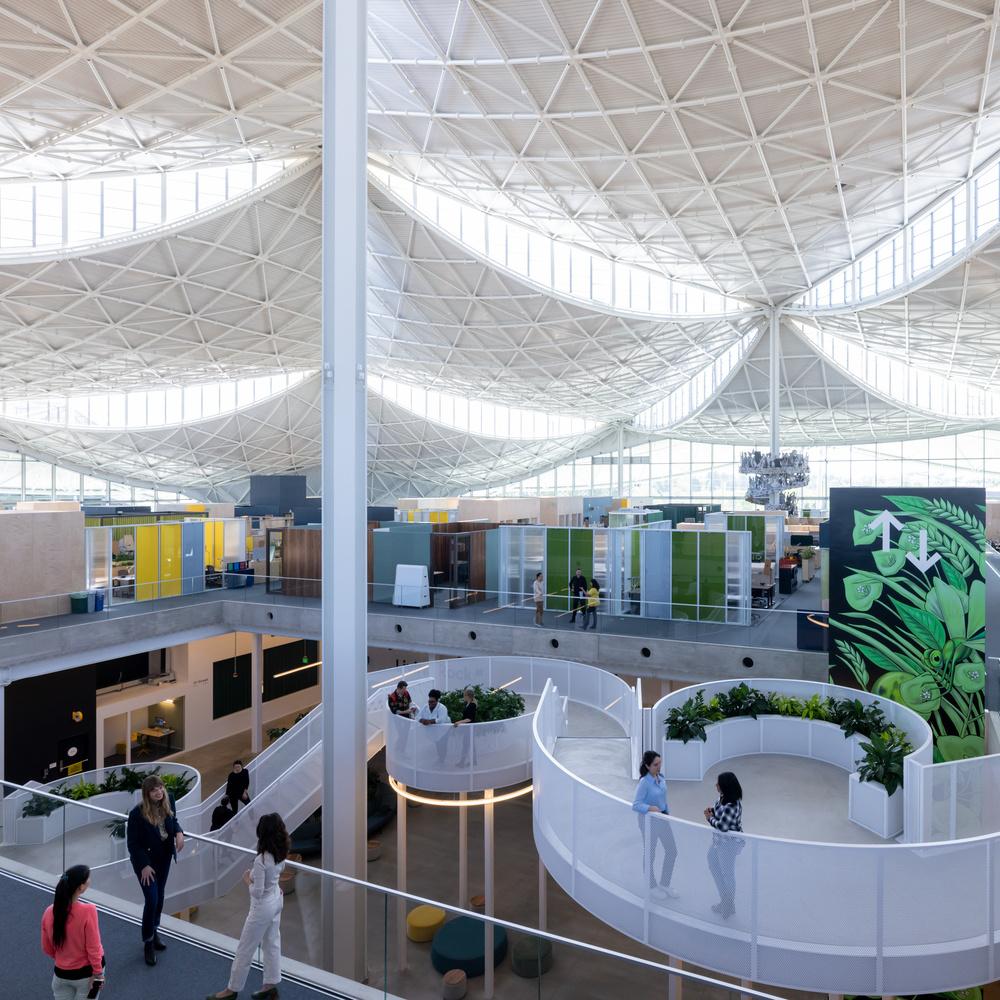
Joining forces with Google was something special for Bjarke Ingels, not least because the Group behind the world’s largest internet search engine is enormously data-driven: “This has led to an architecture where every single decision is informed by hard information and empirical analysis. The result is a campus where the striking dragon-scale solar canopies harvest every photon that hits the buildings; the energy piles store and extract heating and cooling from the ground. Technology and architecture, and form and function are being fused into a new and striking hybrid.”
Regional identity
The campus, which went into operation in May 2022, consists of three sections. In addition to two work buildings, there is an event centre that holds a thousand visitors and 240 residential units in which employees can make themselves at home for short periods.
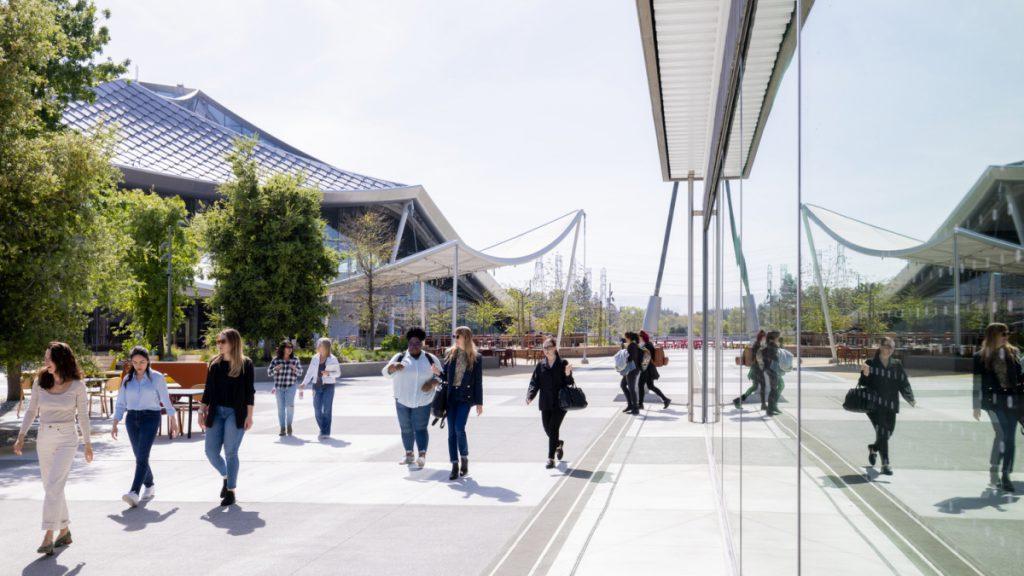
The aforementioned patios have a number of different functions. As well as providing easy access to the various cafés, kitchenettes, offices and conference rooms, they help to structure the vast open space. They also create room for identity by featuring works by local artists from Google’s Artist in Residence programme with a thematic focus on the Bay Area ecology.
Close to nature
Google is taking a biophilic approach to designing its Bay View Campus: natural daylight, greening and views of the surrounding nature from every workplace all aim to improve the health and well-being of the people working there. The skylights regulate the direct incidence of light on the desks with blinds that open and close automatically in the course of the day.
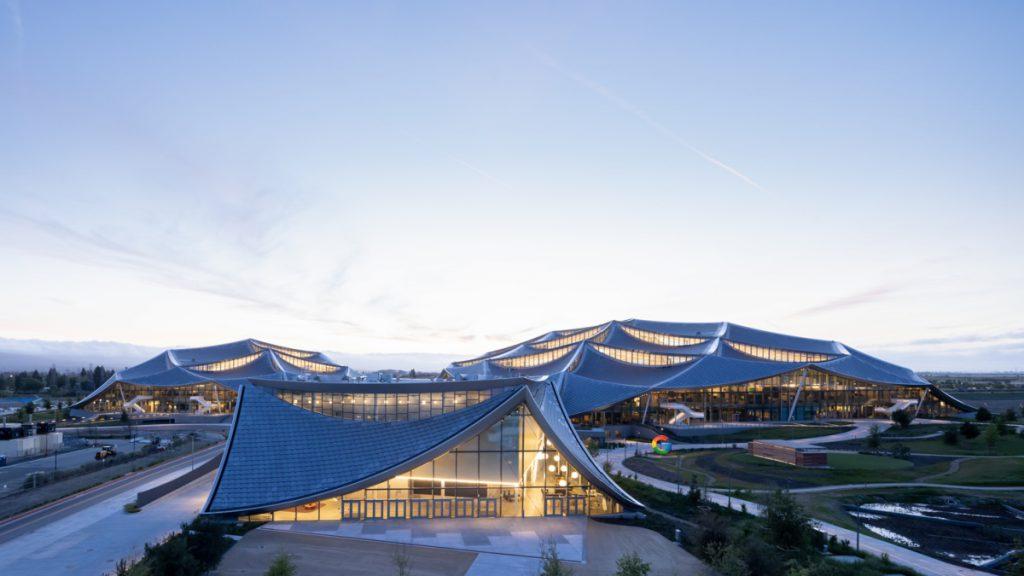
As well as this, the utmost care was taken when choosing materials, with thousands of building products being evaluated based on the Living Building Challenge’s “red list” to ensure they did not contain any harmful substances. This list, which has been constantly updated since being introduced in 2006, contains all construction materials that pose serious risks not only to human health but also to our ecosystem in general.
Photovoltaics = roof
Sustainability was always the top priority during planning. For Thomas Heatherwick, founder and Design Director of Heatherwick Studios, it was all about overcoming mental barriers: “There were things that were really at the limits of what construction would ever let you do. But the biggest one that we did make happen was breaking down the separation between building and power generation.”
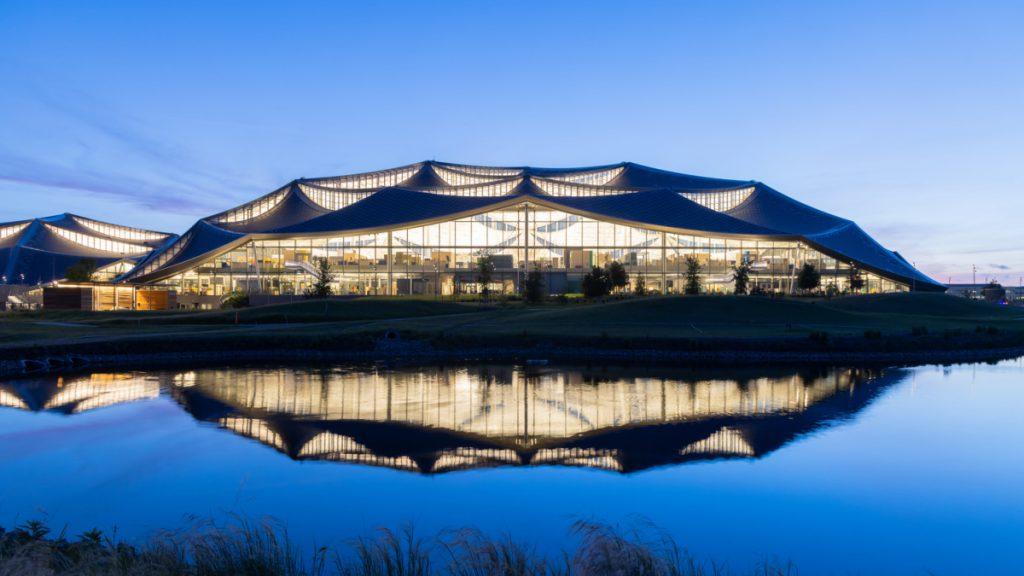
As architect Bjarke Ingels explains, this was through a photovoltaic system that “itself was no longer a technical installation that you hide on the roof. It became a wonderful building material for us. We make full use of every single photon – either to attain a perfect daylight level or to generate energy.”
Sustainable priorities
Google wants to be able to operate on carbon-free energy by 2030 at the latest – with the largest geothermal pile system in North America. As David Radcliffe explains: “To do this, we prioritized renewable energy and maximized the solar potential of our buildings.” As well as this, a nearby wind farm is already powering the buildings with sustainable energy sources 90% of the time.
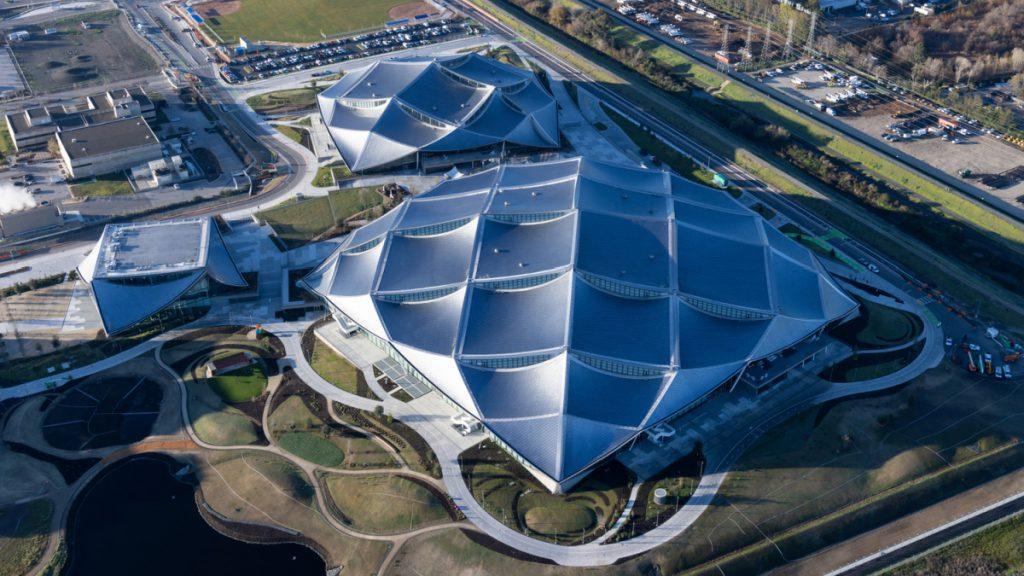
Another ambitious goal is to use water recycled on-site to provide all the non-drinkable water needed by the premises. Above-ground ponds (in which rainwater is collected all year round) and a building sewage treatment system provide water for cooling towers and for flushing toilets and irrigating the landscape. In the medium term, the regenerative design aims to attain net positive water consumption by 2030 and to collect more water than it uses itself.
Water for nature
It also aims to return the surplus water to the environment – as well as collecting rainwater for reuse, water retention basins help to restore nature, to protect against rising sea levels and to provide access to the beauty of natural wetlands.
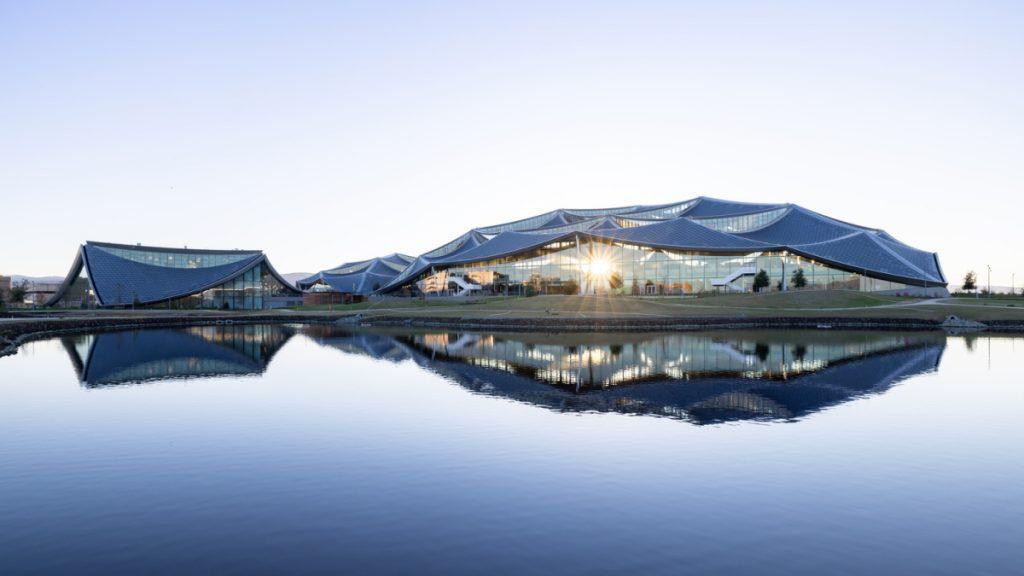
And even though Google – which will be 25 years old in September 2022 – won’t have all the answers in the future either, it is producing an exquisite, old-fashioned book documenting its experience in building the Bay View Campus. Needless to say, a more resource-friendly option is also available online here…
Text: Hannes Kropik
Photos: Iwan Baan
